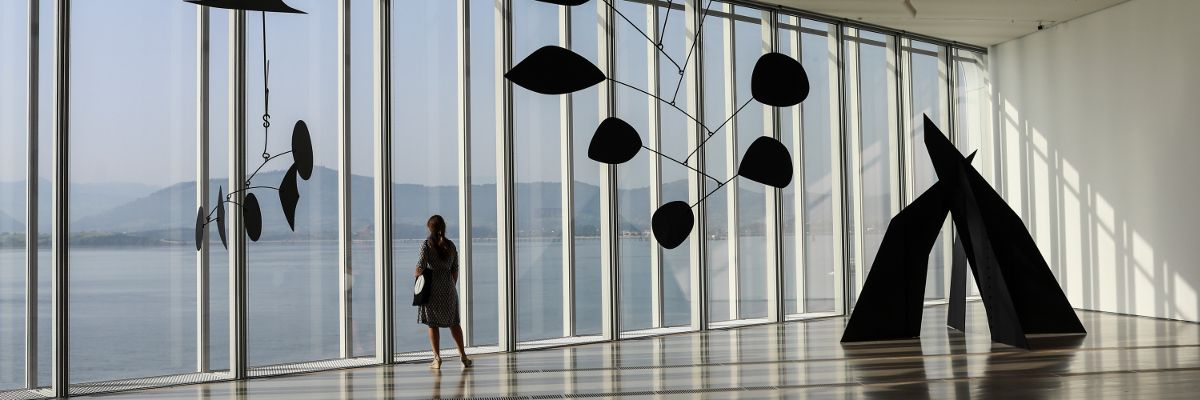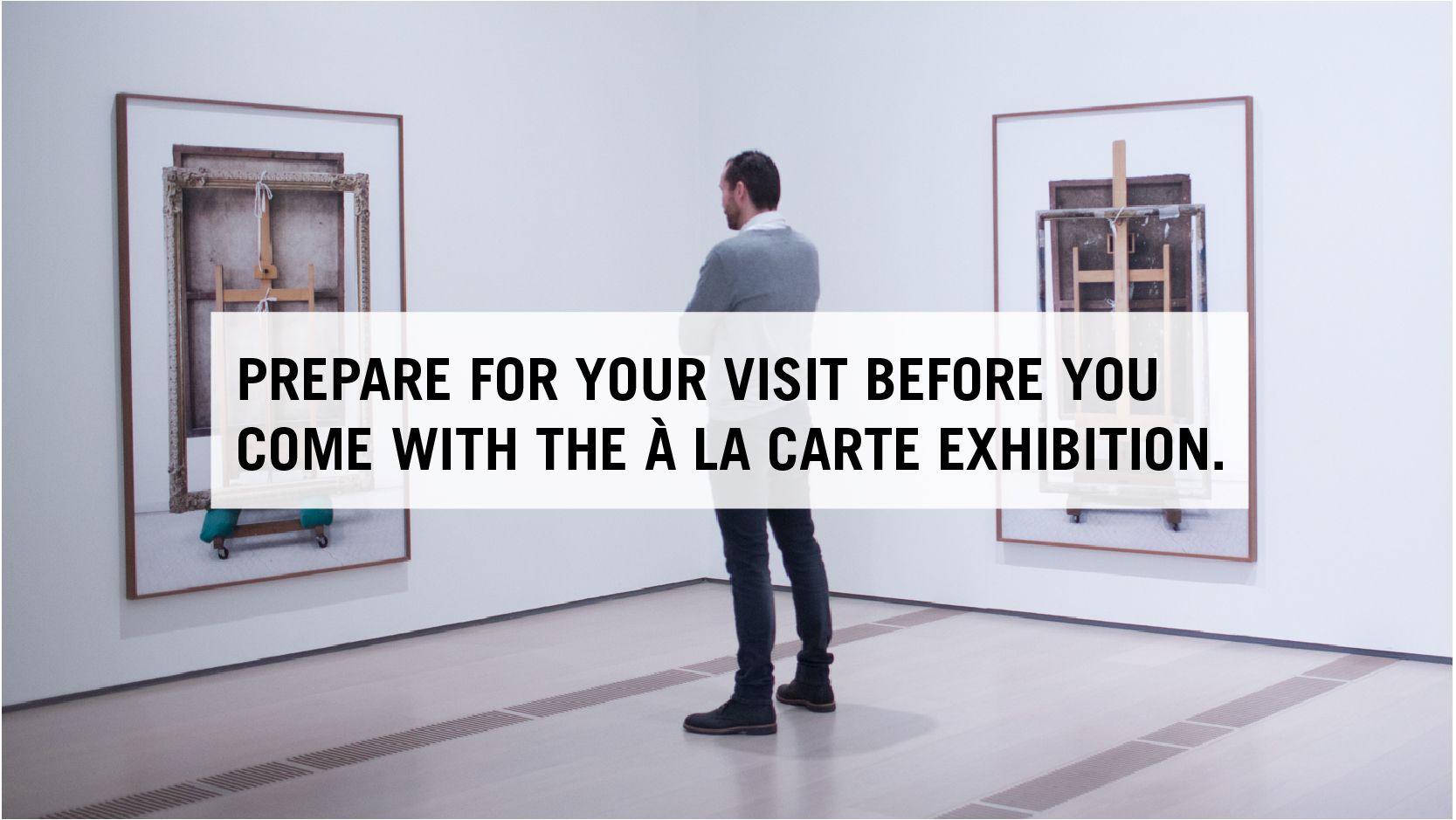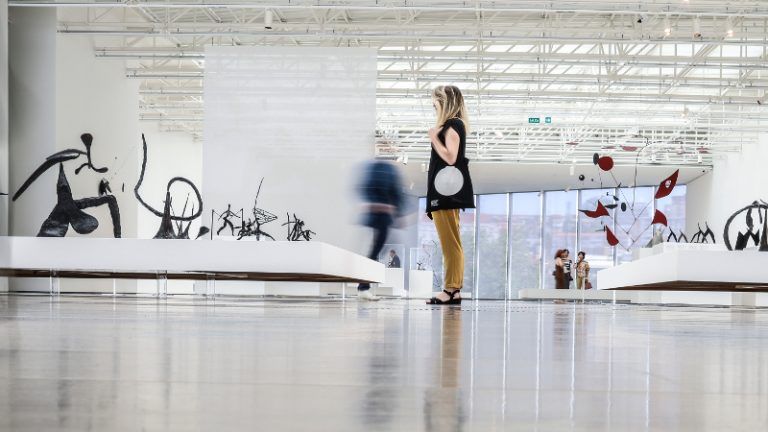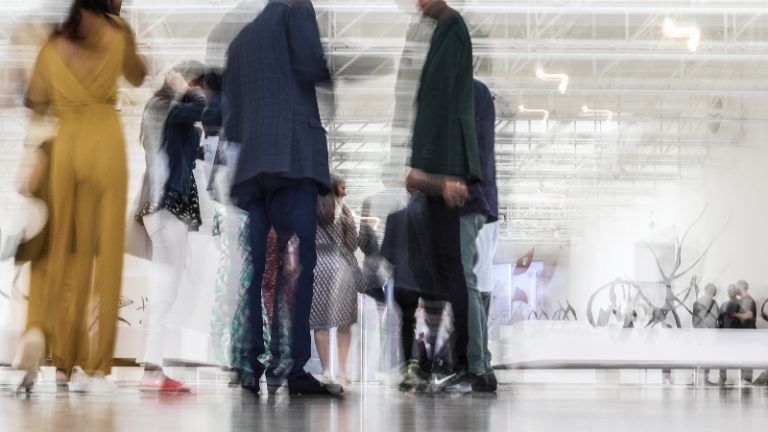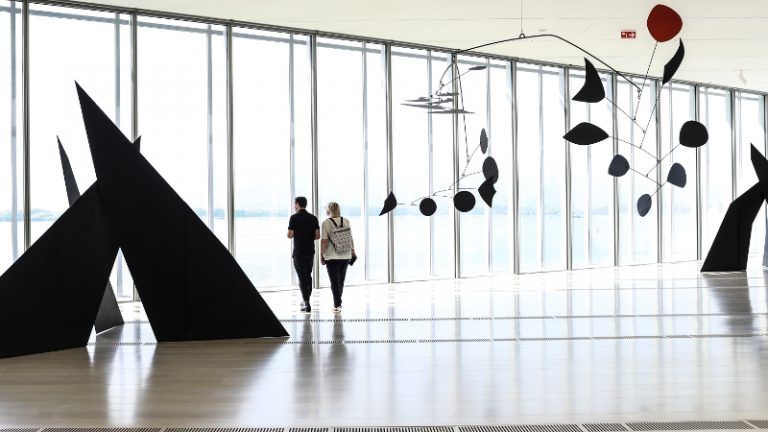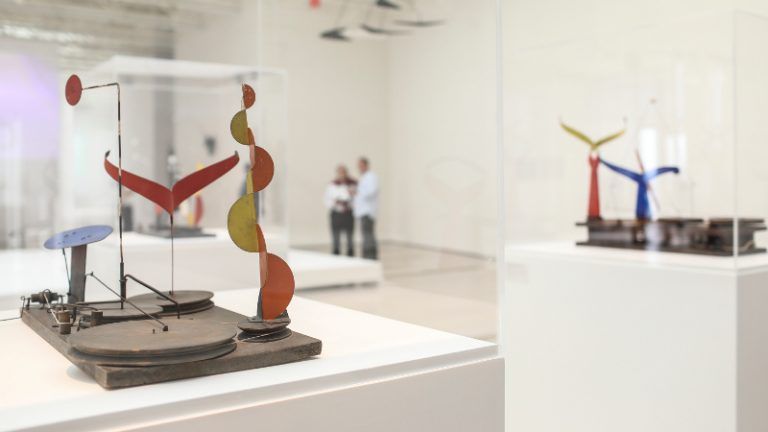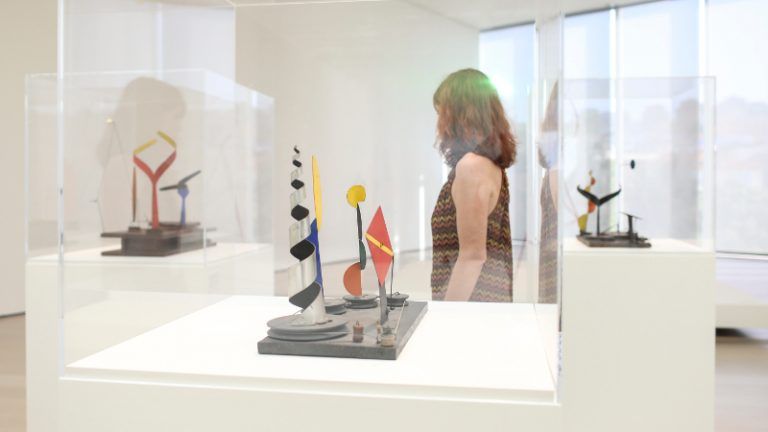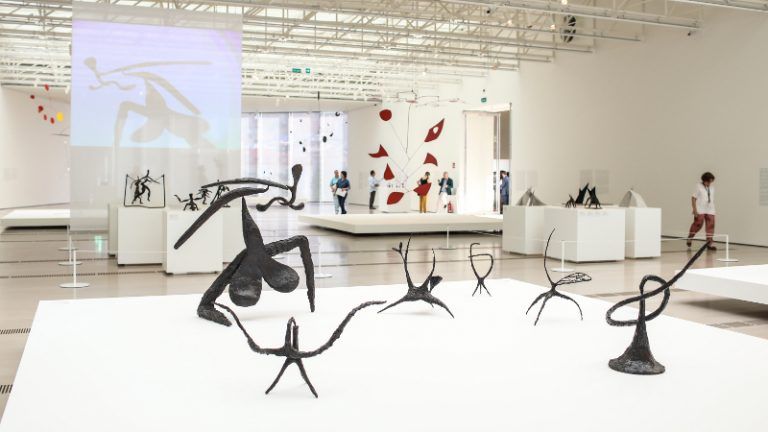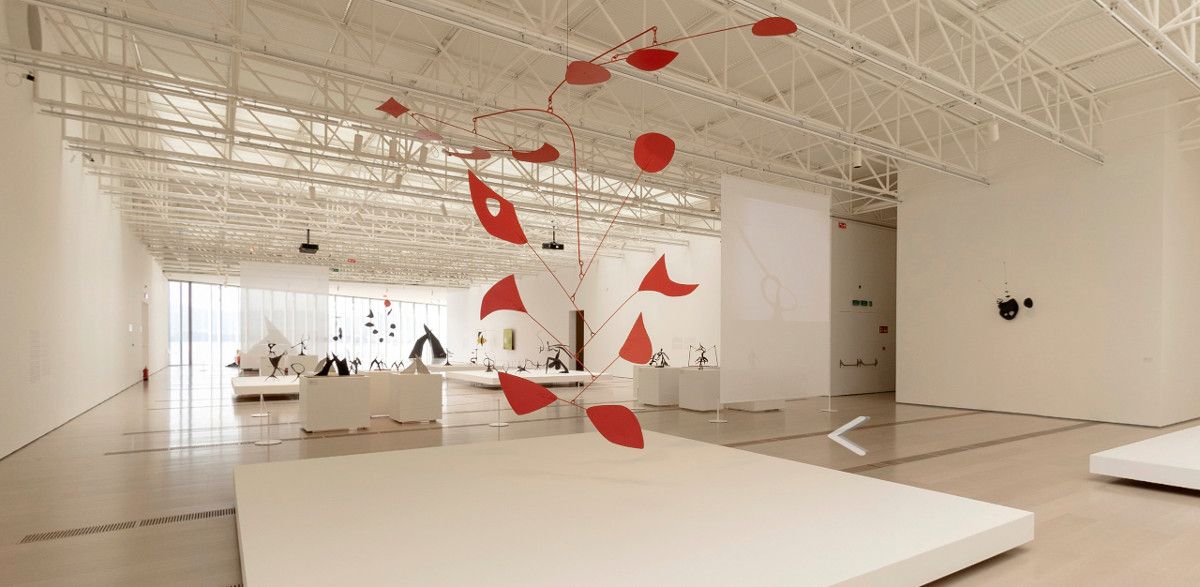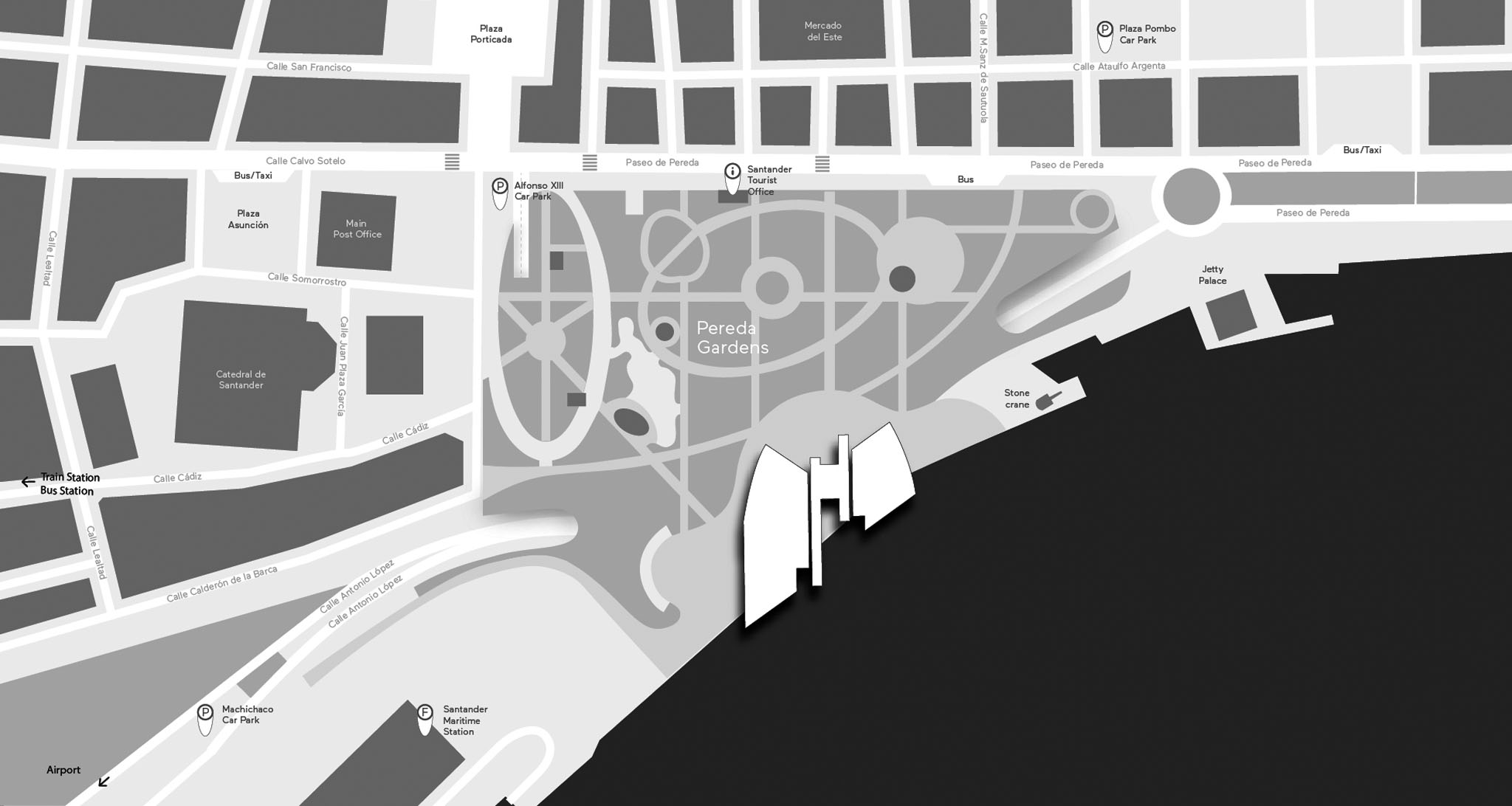The exhibition
Calder Stories
From June 29, 2019 to November 3, 2019
Sponsor:
![]()
Curated by: Hans Ulrich Obrist, art critic and curator.
Centro Botin is pleased to announce Calder Stories, an unprecedented exhibition spanning five decades of Alexander Calder’s career, curated by Hans Ulrich Obrist, artistic director of Serpentine Galleries, London, and organized in collaboration with the Calder Foundation, New York.
The exhibition, comprised of approximately 80 works, largely drawn from the Calder Foundation’s holdings, as well as from major public and private collections, will consider little known stories within Calder’s oeuvre, from the development of major public commissions to groundbreaking performances. The installation will be designed by Pritzker Prize-winning architect Renzo Piano, architect of Centro Botín itself.
Calder’s collaborations with leading architects, choreographers and composers of his time resulted in some of his most recognised works, and yet their backstories remain largely unexamined. A number of these important projects went unrealised, including collaborations from the 1930 and 1940s with such luminaries as Wallace K. Harrison, Harrison Kerr and Percival Goodman. The exhibition traces Calder’s creative process in the execution of these projects, from his maquettes for sculpture competitions and world’s fairs to his proposals for choreographed objects and performances and including rare sketches and related ephemera.
Among the unrealised projects shown in the exhibition will be a series of six maquettes made by Calder in 1939 to accompany Percival Goodman’s submission for a proposed Smithsonian Gallery of Art in Washington; and a group of nearly two-dozen bronzes from 1944, made at the suggestion of Wallace K. Harrison for an International Style building and envisioned to stand some 10-12 metres tall in cast concrete. Drawings relating to what Calder termed ‘ballet objects’, including set designs for a proposed ballet with music by Harrison Kerr will be presented and digital animations of several compositions have been specially commissioned for the exhibition.
Calder Stories will be accompanied by a fully illustrated catalogue with essays by Hans Ulrich Obrist, Alexander S. C. Rower, and Sandra Antelo-Suarez, among others.
About Alexander Calder
Alexander Calder (Lawnton, PA, 1898 – New York, NY, 1976) utilized his innovative genius to profoundly change the course of modern art. Born into a family of celebrated, though more classically trained artists, Calder developed a new method of sculpting: by bending and twisting wire, he essentially “drew” three-dimensional figures in space. He is renowned for the invention of the mobile, whose suspended, abstract elements move and balance in changing harmony. Coined by Marcel Duchamp in 1931, the word mobile refers to both “motion” and “motive” in French. Some of the earliest mobiles moved by a system of motors, although these mechanics were virtually abandoned as Calder developed mobiles that responded to air currents, light, humidity, and human interaction. He also created stationary abstract works that Jean Arp dubbed stabiles.
From the 1950s onward, Calder turned his attention to international commissions and increasingly devoted himself to making outdoor sculpture on a grand scale from bolted steel plate. Some of these major commissions include: .125, for the New York Port Authority in John F. Kennedy Airport (1957); Spirale, for UNESCO in Paris (1958); Teodelapio, for the city of Spoleto, Italy (1962); Trois disques, for the Expo in Montreal (1967); El Sol Rojo, for the Olympic Games in Mexico City (1968); La Grande vitesse, which was the first public art work to be funded by the National Endowment for the Arts (NEA), for the city of Grand Rapids, Michigan (1969); and Flamingo, for the General Services Administration in Chicago (1973).
Major retrospectives of Calder’s work during his lifetime were held at the George Walter Vincent Smith Gallery, Springfield, Massachusetts (1938); The Museum of Modern Art, New York (1943–44); Solomon R. Guggenheim Museum, New York (1964–65); The Museum of Fine Arts, Houston (1964); Musée National d’Art Moderne, Paris (1965); Fondation Maeght, Saint-Paul-de-Vence, France (1969); and the Whitney Museum of American Art, New York (1976–77). Calder died in New York in 1976 at the age of seventy-eight.
